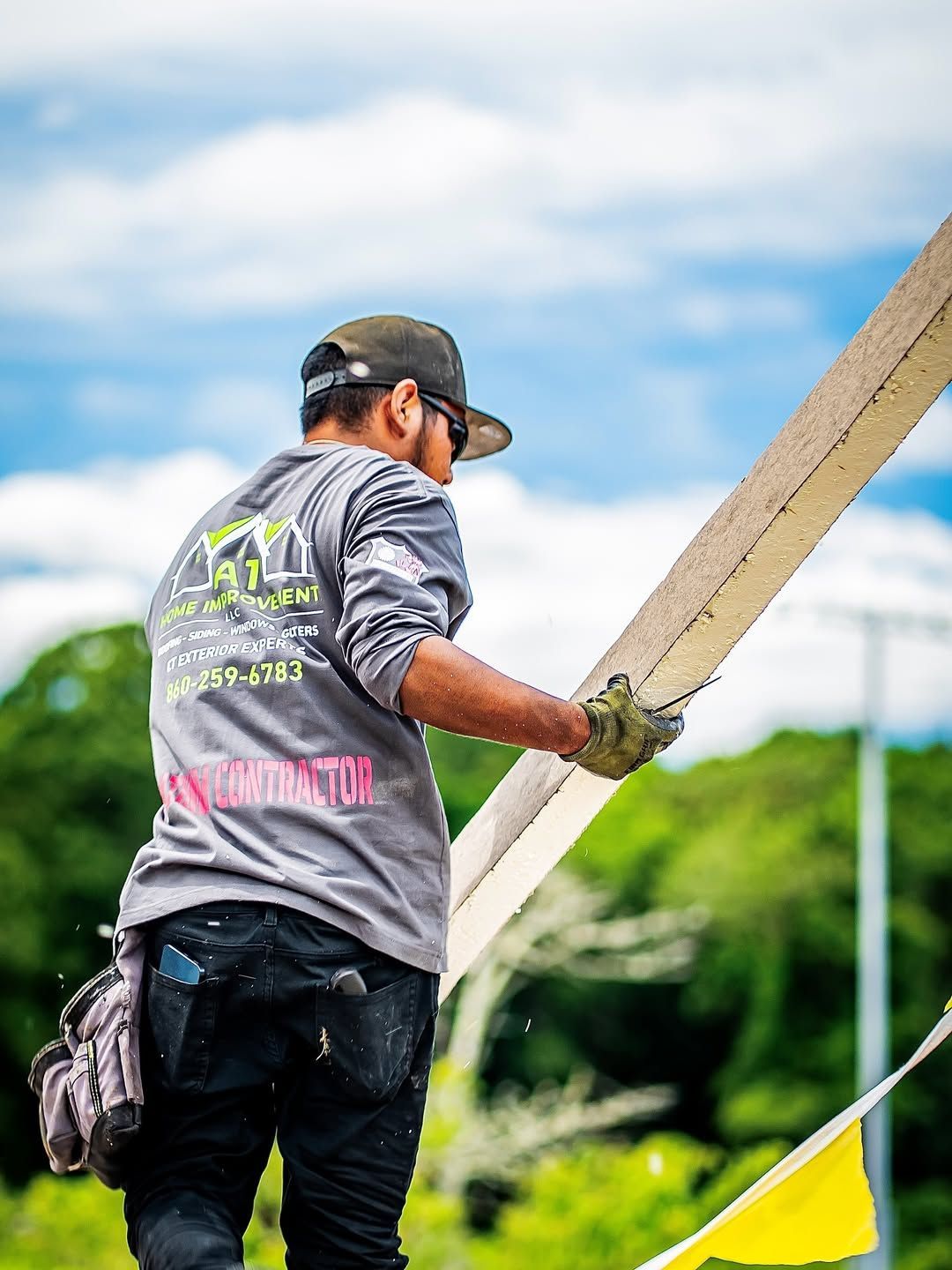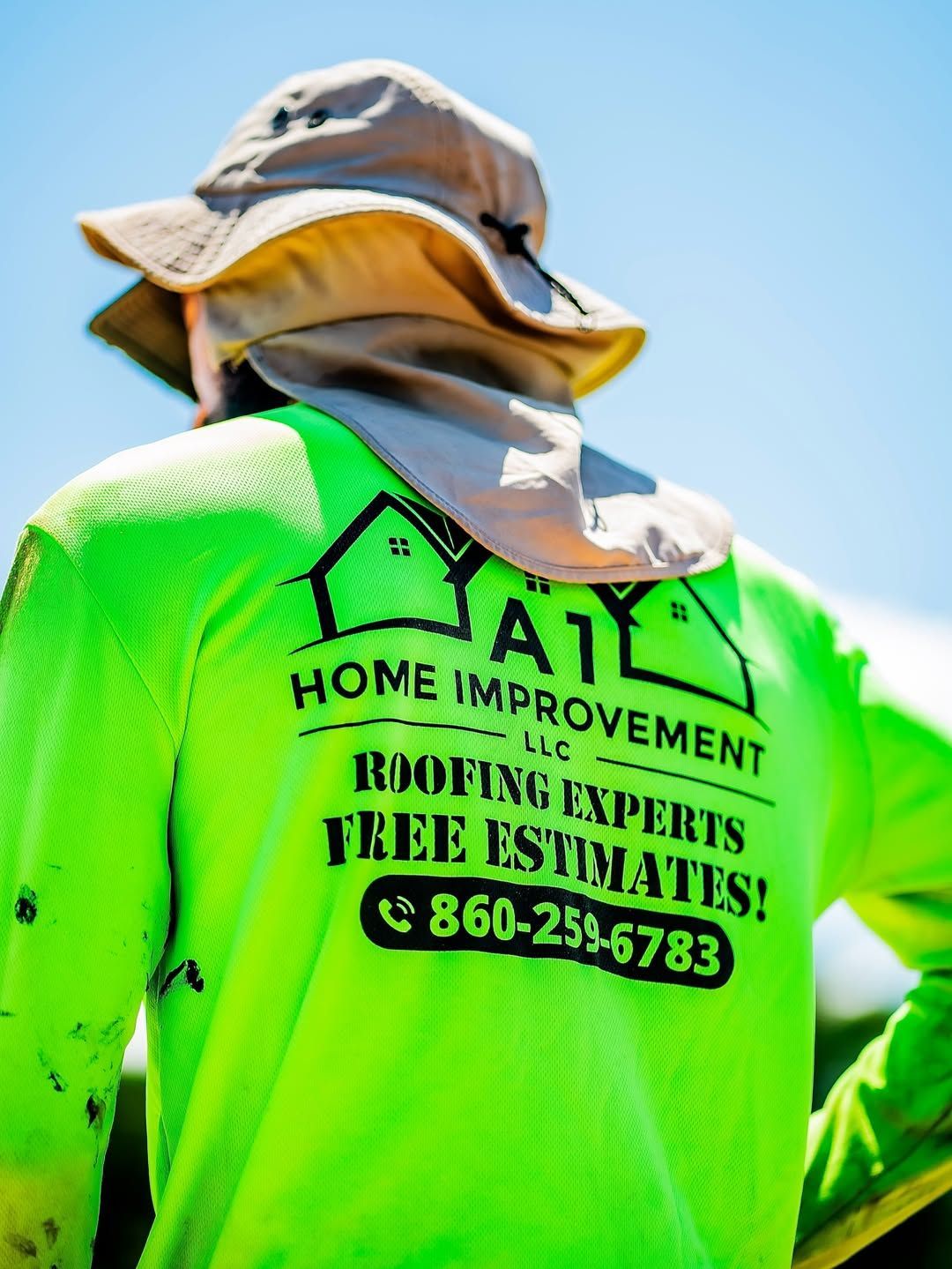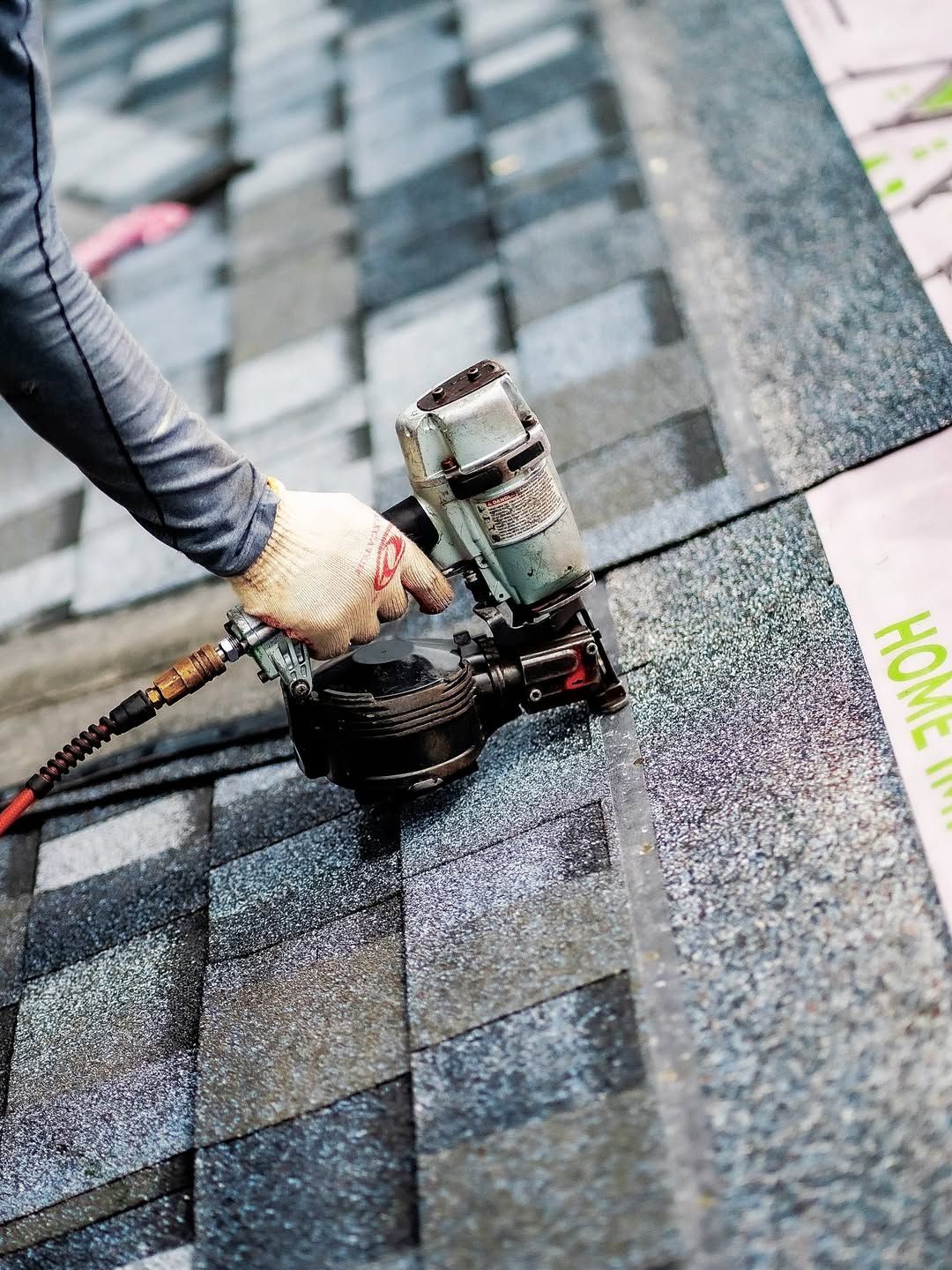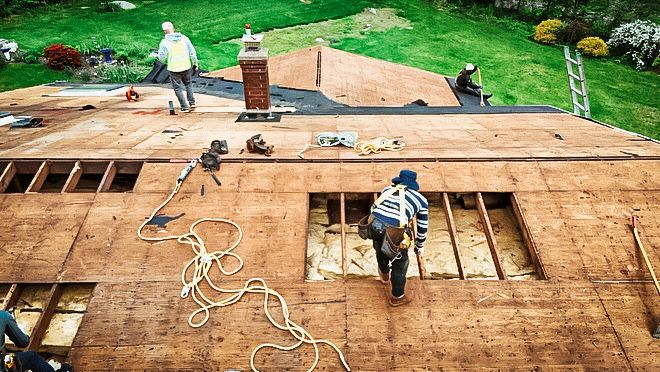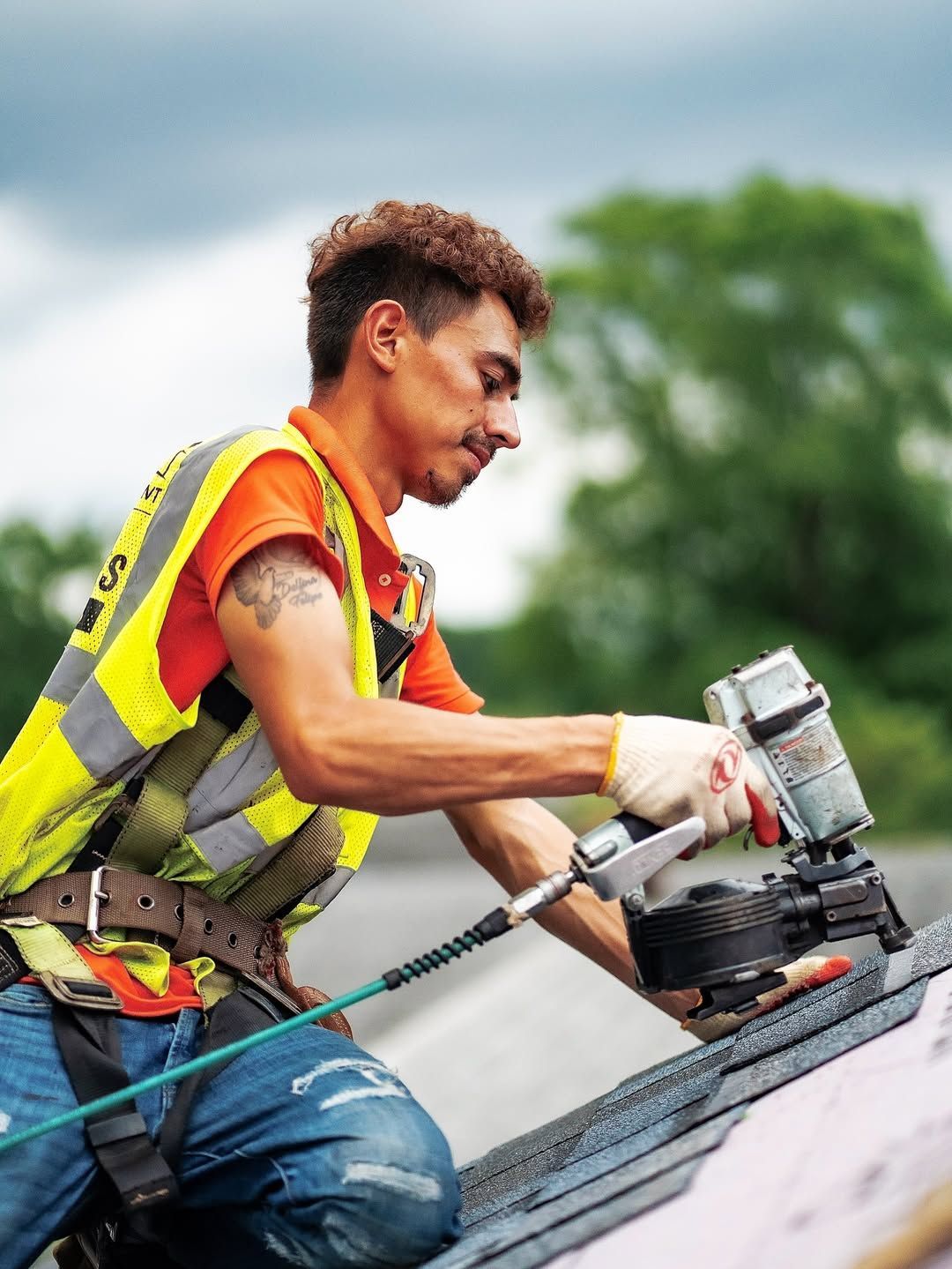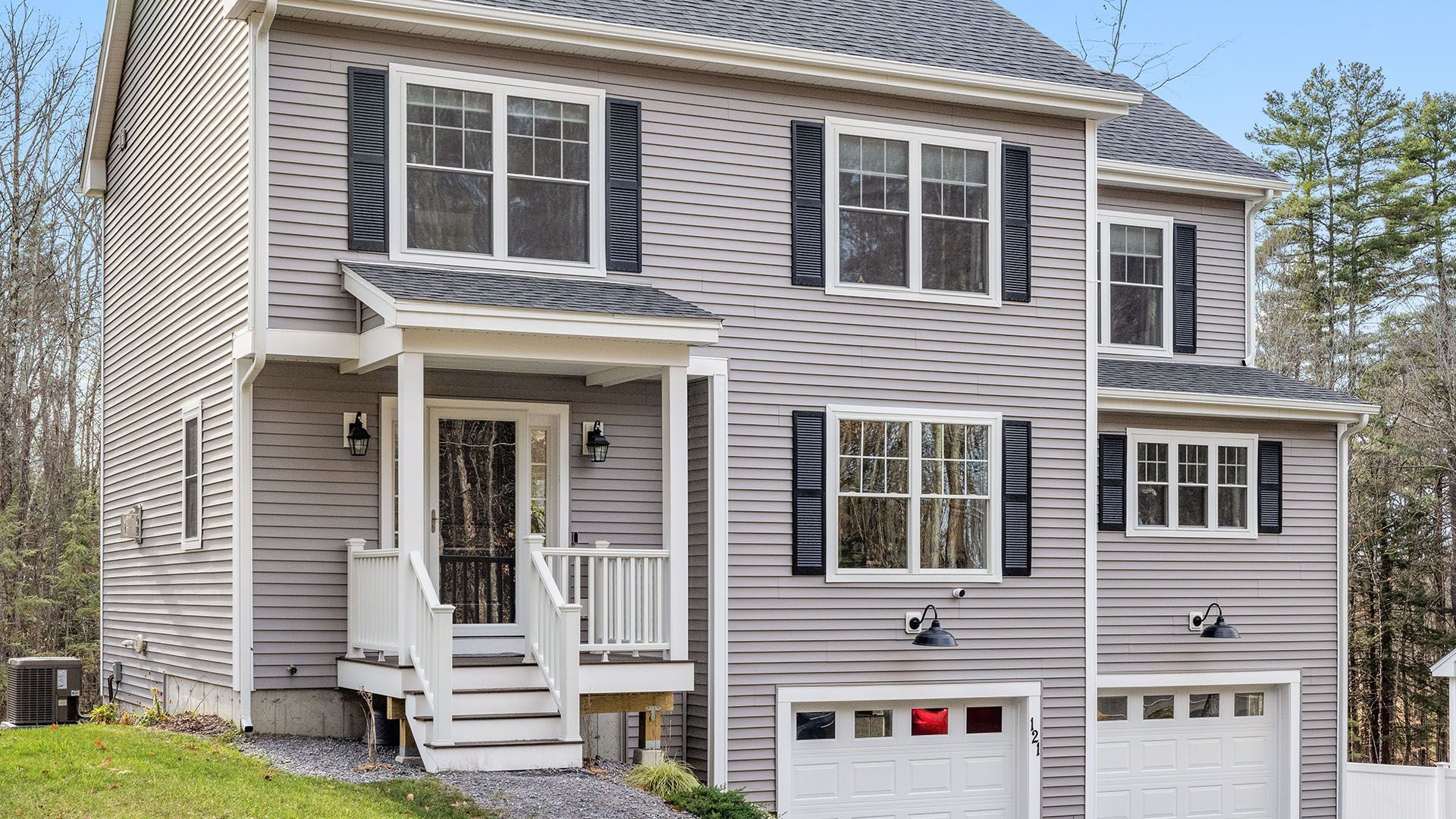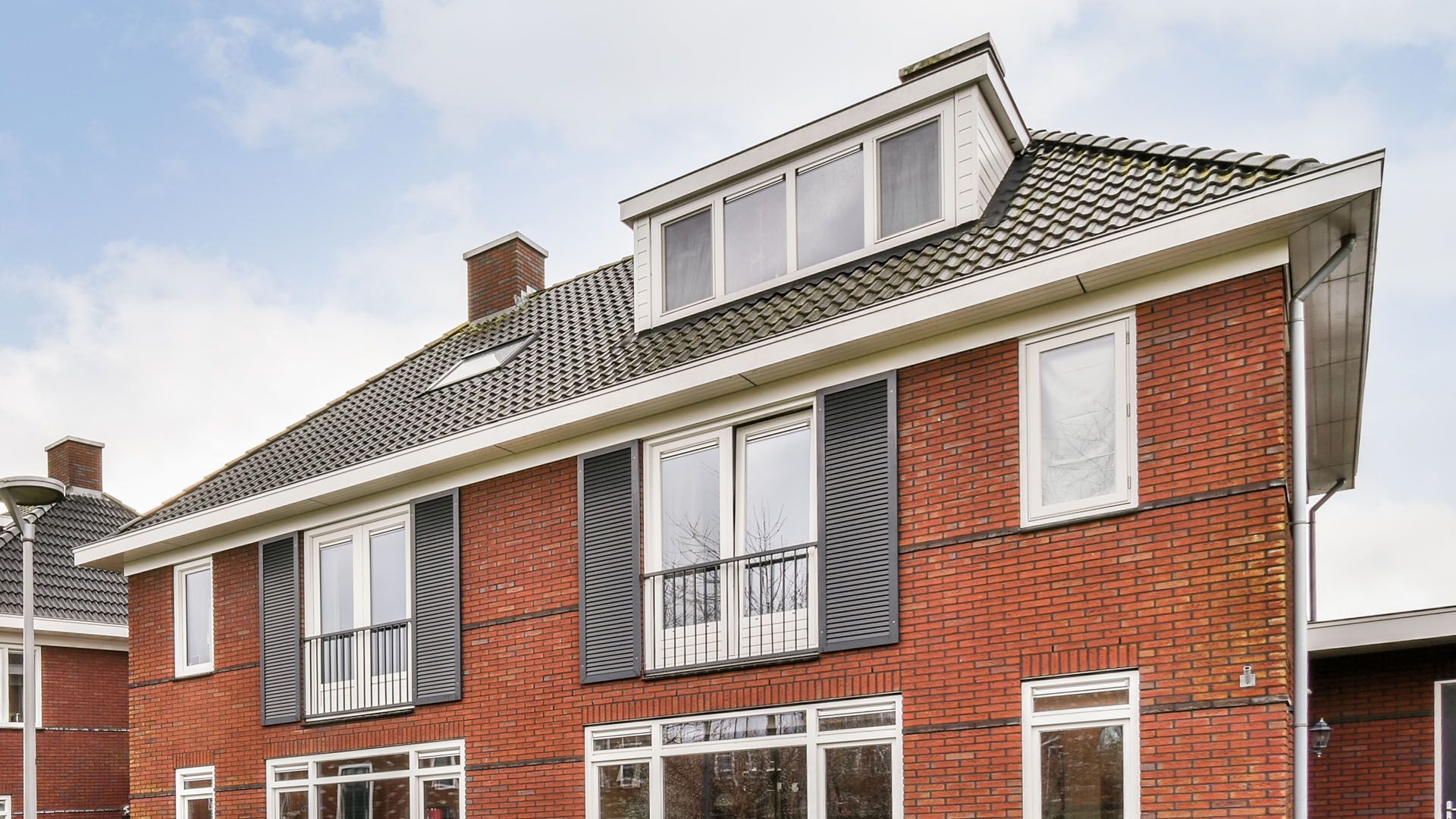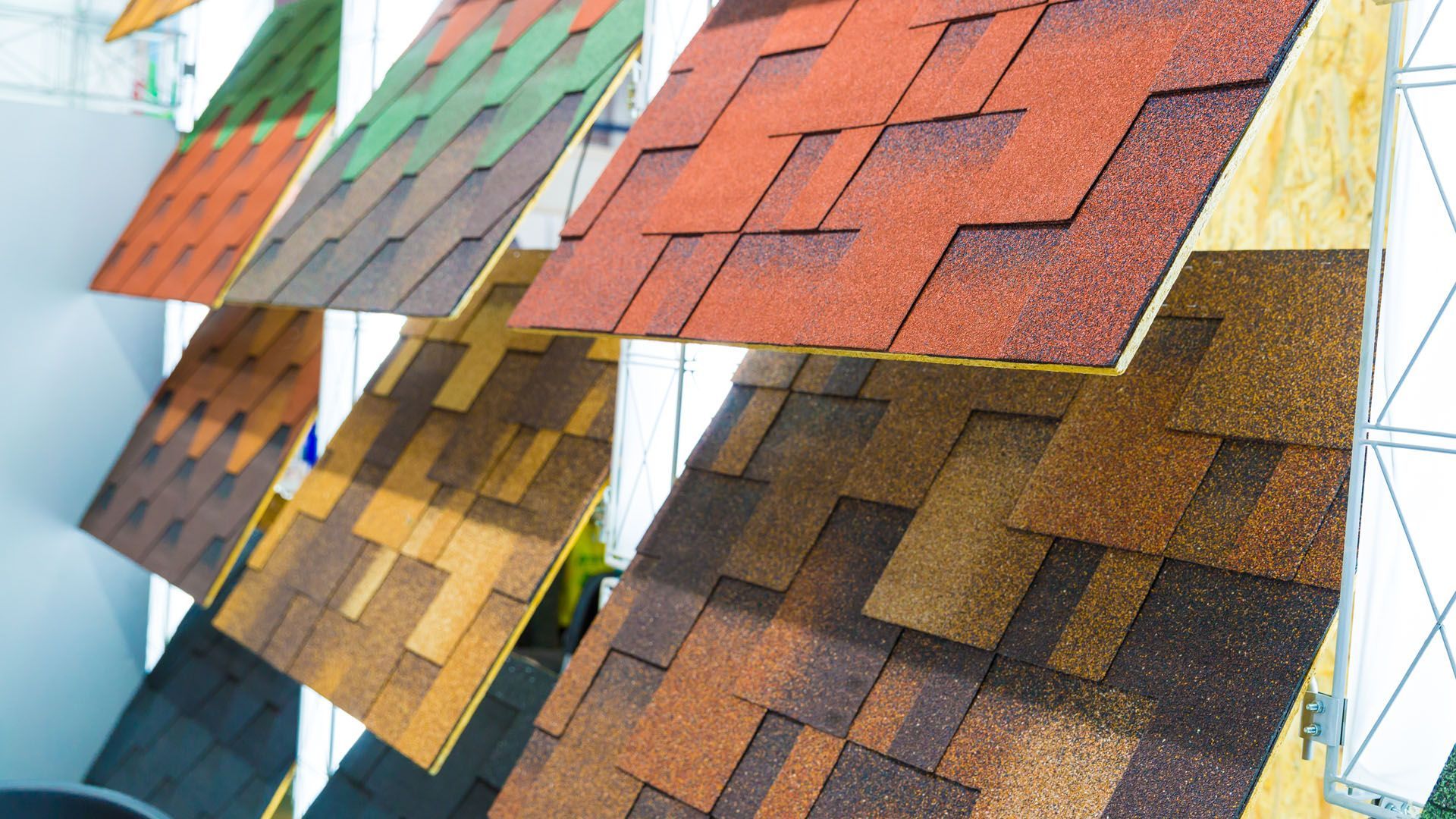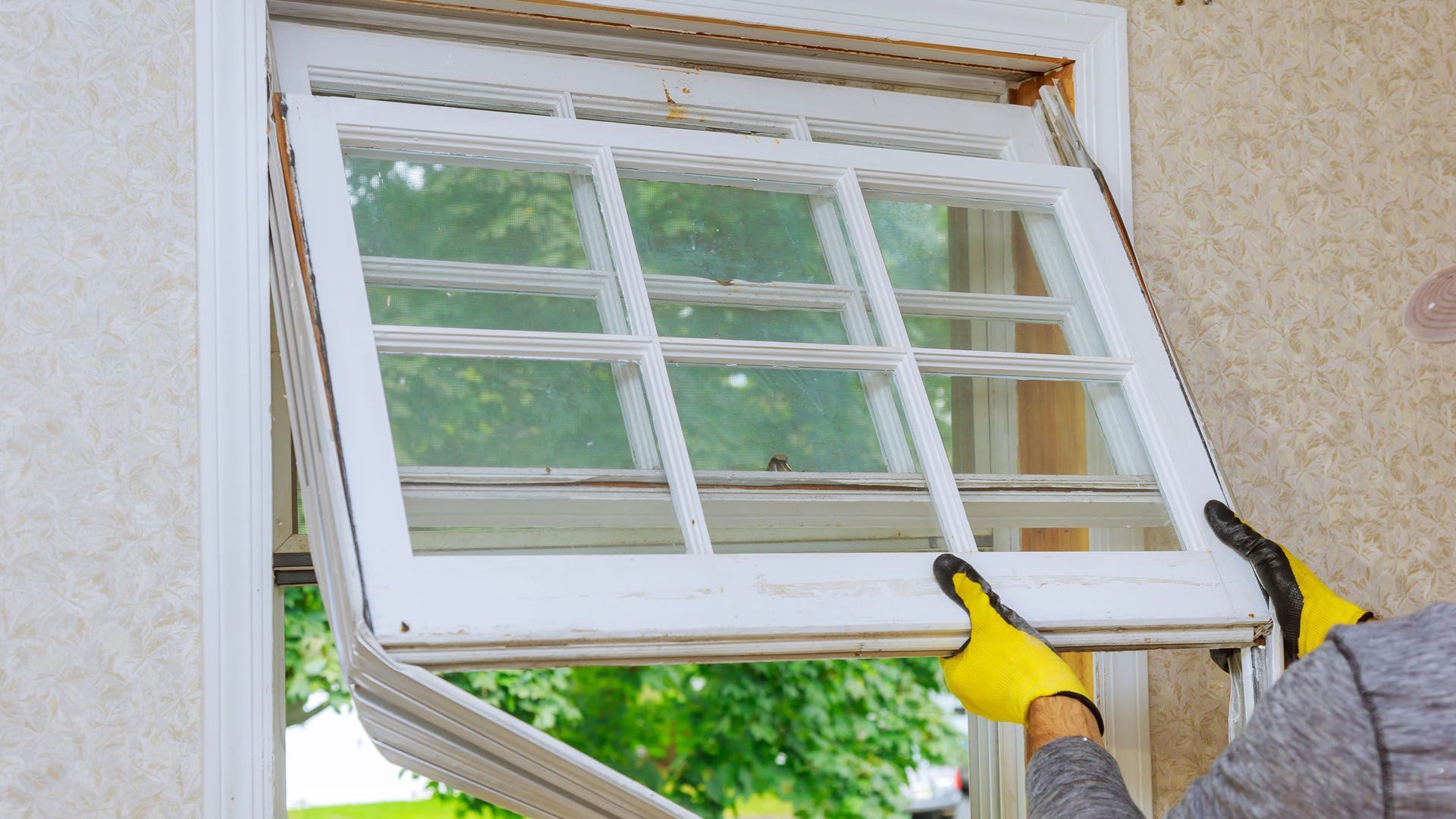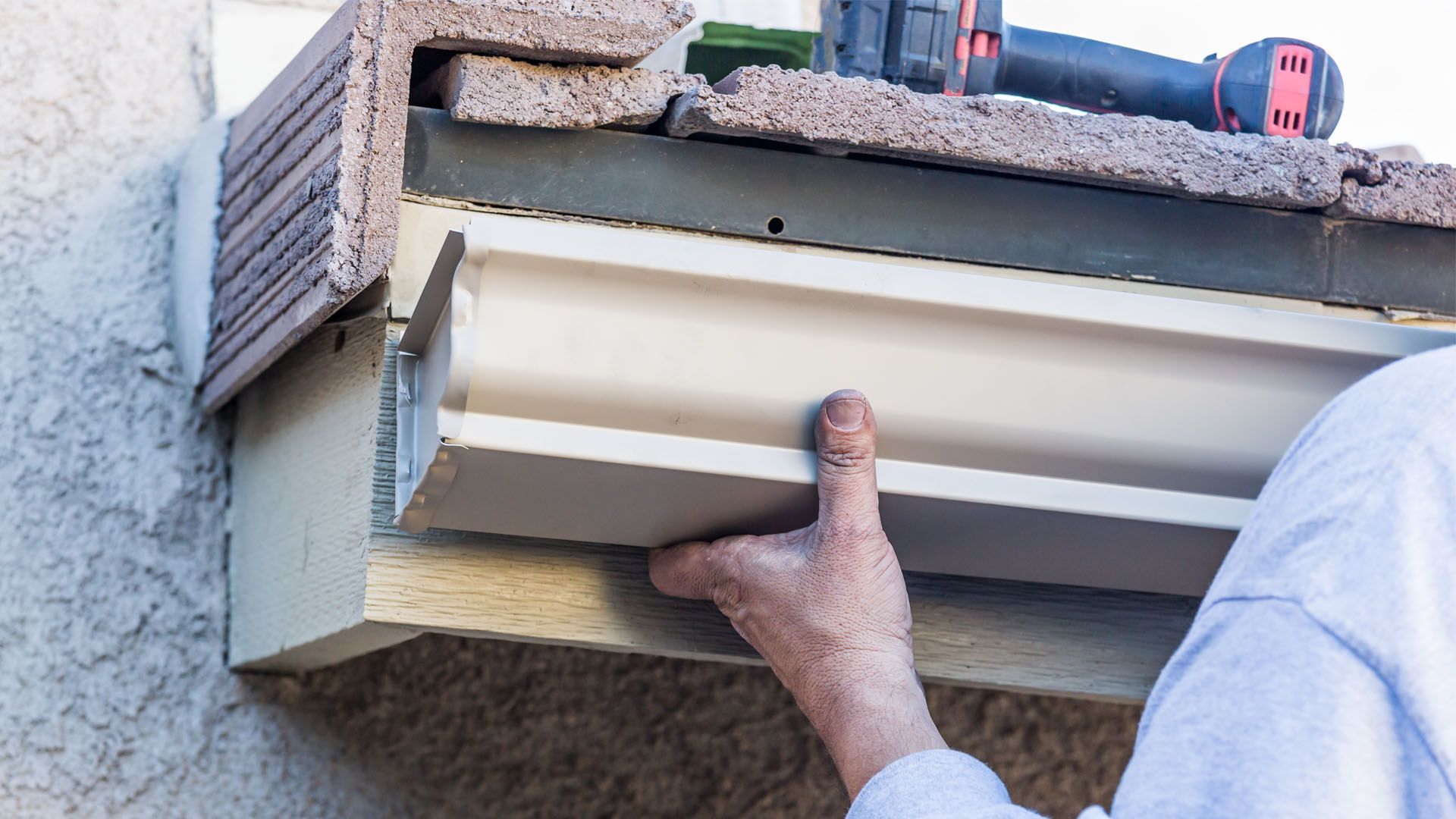What is the Rake of a Roof?
The question, “what is the rake of a roof?” often arises when discussing the various components of a roof. It extends beyond the exterior wall at the gable end, helping protect the roof and enhancing its appearance. In this article, we will explore the different types of roof rakes, their purposes, materials used, and maintenance tips, all while answering the question: what is the rake of a roof?
Key Takeaways
- The rake of a roof is the sloped edge running from the eave to the ridge on a gable or pitched roof, enhancing both architectural appeal and structural integrity by protecting against the elements.
- Roof rakes come in two main types: exposed and enclosed. Exposed rakes are aesthetically pleasing for modern designs but need more maintenance, while enclosed rakes offer better protection against weather and pests.
- Regular maintenance and inspections of roof rakes, including waterproofing, repairing damaged boards, and cleaning, are essential to prevent issues such as moisture damage, pest intrusion, and ice dam formation, thus prolonging the roof’s lifespan.
Definition of the Rake of a Roof
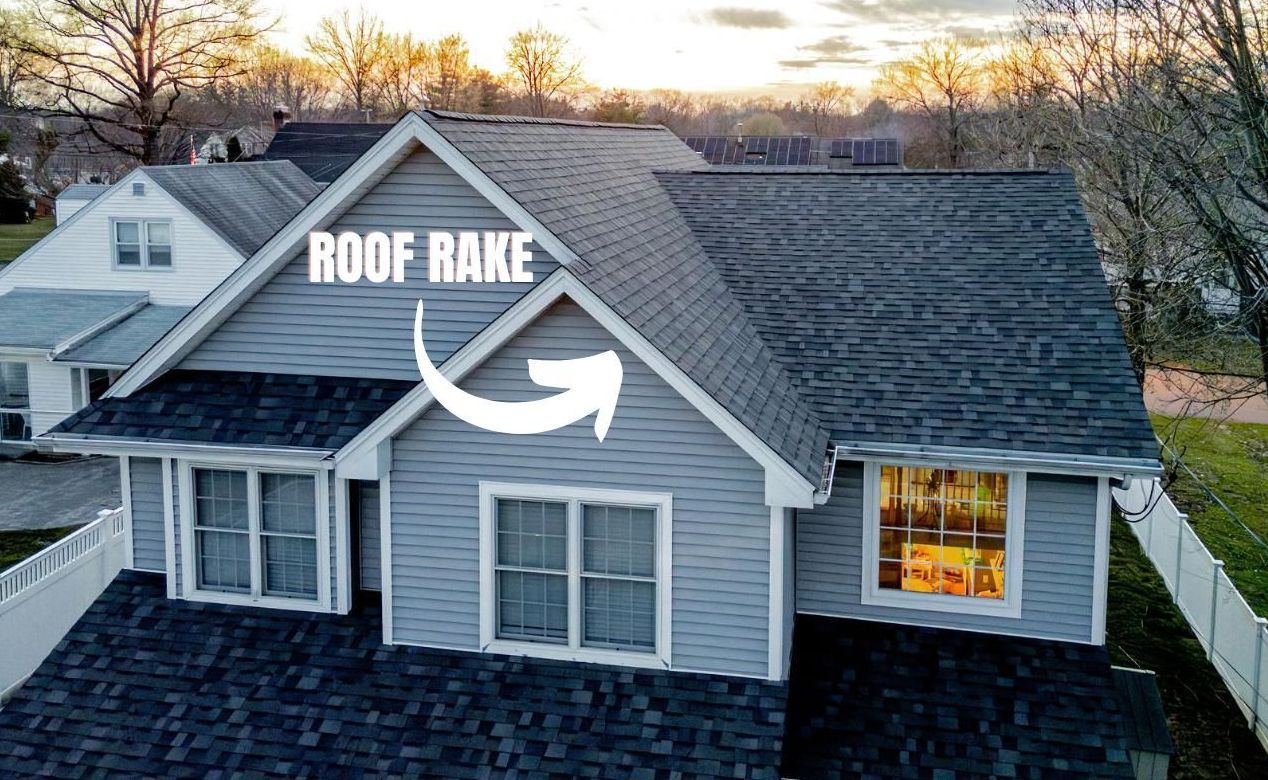
The rake of a roof, a sloped edge that runs from the eave to the ridge on a gable or pitched roof, is a significant architectural feature that enhances the roof’s design and functionality. It is the portion that extends beyond the exterior wall at the gable end of the roof, creating an exposed area that is both functional and aesthetically pleasing. This part of the roof is crucial as it covers the upper edge, protecting the integrity of the roofing system.
Not merely a decorative element, the roof’s rake edge significantly enhances the structural integrity and overall stability of the roofing system. By covering the exposed sloped edge, the roof rake edge helps in safeguarding against the elements, contributing to the overall durability of the roof. Imagine it as the armor of your roofing system, shielding it from potential damage.
The rake of a roof, regardless of whether the design is contemporary or a traditional gable roof, visually enhances a home’s architectural appeal by refining the visual lines and lending a more complete and well-finished appearance to the roof. Thus, the rake of a roof serves dual purposes—protection and enhancement of aesthetic appeal.
Types of Rakes in Roofing
There are two main types of roof rakes: exposed and enclosed (boxed-in) rakes. Each type has its unique characteristics, advantages, and disadvantages, making them suitable for different architectural styles and homeowner preferences.
The exposed roof rakes leave the framing of the eaves visible, revealing an exposed portion of the structure. This helps give the metal roof a lightweight appearance. This design is often associated with contemporary or modern home styles, where the clean lines and open look are highly desired. However, while exposed rakes can be aesthetically pleasing, they are more susceptible to damage from the elements, necessitating proper support and maintenance.
On the other hand, enclosed (or boxed-in) roof rakes are covered with protective material, offering better defense against the elements compared to exposed rakes. These rakes integrate seamlessly into the existing architecture of the home, providing an additional layer of protection against weather conditions and even fire. While they may not offer the same lightweight appearance as exposed rakes, their durability and protective benefits make them a popular choice for many homeowners.
Purpose and Function of Roof Rakes
The roof rake’s primary function is acting as a moisture barrier for the roofing system. By preventing water, snow, and debris from seeping into the roof and attic, the rake helps maintain the structural integrity of the roof. This watertight design is crucial in fortifying leak-prone areas, thereby protecting the roofing materials from damage.
Additionally, roof rakes have several benefits, including:
- Preventing pest intrusion and subsequent damage by sealing off exposed edges
- Acting as a barrier against insects, small animals, and other pests that could compromise the roof’s structure
- Providing shade and protection to exterior walls and windows, enhancing the home’s defense against the elements.
Aside from their functional benefits, roof rakes also enhance a home’s aesthetic appeal. They enhance the architectural style, making the roof appear more polished and complete. Moreover, by evenly distributing the weight of roofing materials, roof rakes help eliminate stress points on the roof, thereby extending its lifespan.
Common Materials for Rake Boards
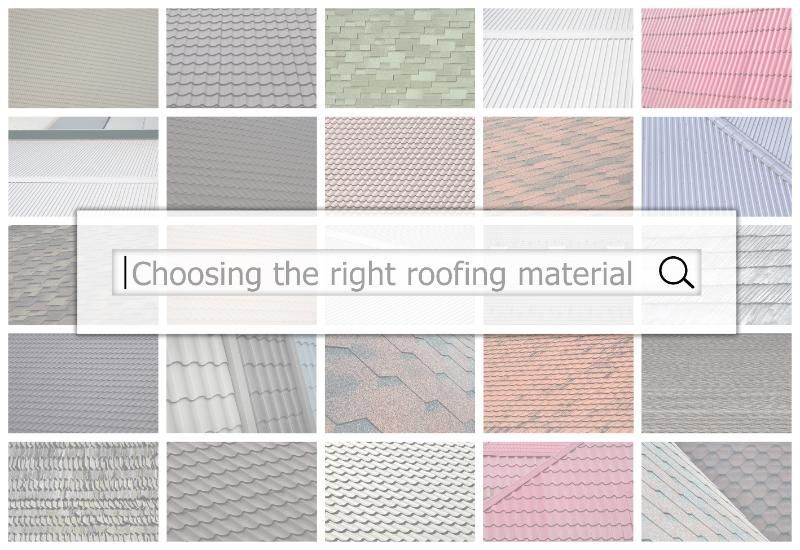
Various materials such as:
- pine
- cedar
- concrete
- PVC
Are utilized to fabricate rake boards, which serve as protective elements covering the rake edge. Each material offers specific benefits, making them suitable for different environmental conditions and aesthetic preferences.
Pine and cedar are traditional choices, valued for their natural appearance and workability. Cedar, in particular, is resistant to rot and insect damage, making it a durable option. However, these materials require regular maintenance and treatment to prevent deterioration over time.
Modern alternatives such as smart board and PVC offer enhanced durability and reduced maintenance. Smart board, an engineered wood product, is resistant to fungal decay and provides a robust option for rake boards. PVC or vinyl rake boards, on the other hand, are rot-free and insect-resistant, eliminating concerns about paint peeling and reducing maintenance requirements significantly. These materials ensure long-lasting protection and aesthetic appeal for the rake of a roof.
Differences Between Rake of a Roof and Other Roof Components
Distinguishing between rake boards and other roof components such as fascia boards and eaves is essential for maintaining the roof appropriately. Rake boards are placed along the sloped sides of a gable roof, while fascia boards run horizontally along the roof rafters, trusses, and gutters. This distinction in location is key to their different functions.
Fascia board protects the entire roof and siding from inclement weather, safeguarding the roof and the interior of the house from water damage. They also add to the roof’s aesthetics and provide support for the gutter system. In contrast, rake boards protect only the top edges of the siding and brick, ensuring that rainwater rolls off the roof and onto the ground.
Eaves and rakes, though both crucial to the roof’s construction, differ in their placement and function. The roof eave is a horizontal overhang at the bottom edge of a roof section, preventing water from falling against the house siding or near the foundation. Roof eaves, situated on various parts of the roof, serve a similar purpose. The rake, situated on the gable side, covers the sloped edges, providing additional protection and enhancing the roof’s visual appeal.
Issues and Maintenance Tips for Roof Rakes
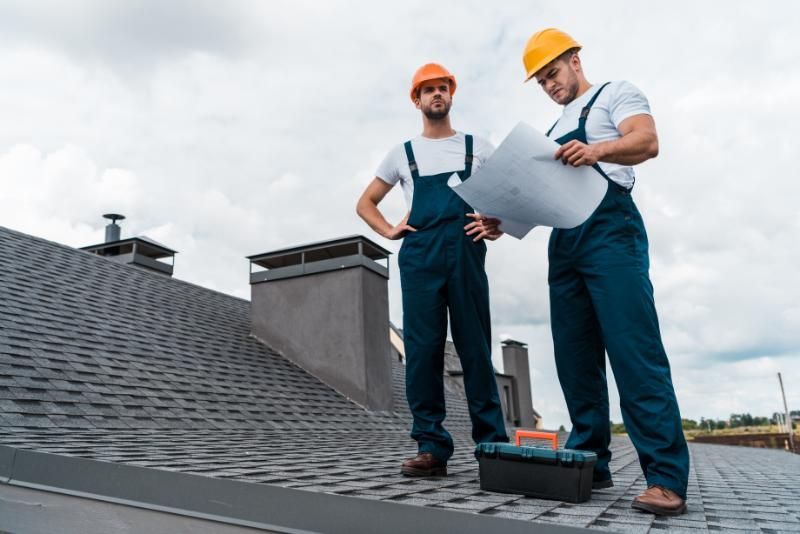
Regular maintenance of roof rakes is necessary to avoid problems including moisture damage, pest intrusion, and ice dam formation. Regular maintenance can help avoid common problems like rotting, warping, and weather damage, which are often exacerbated by exposure to the elements.
Inspecting the roof rake regularly and addressing any signs of damage promptly can prevent extensive repairs and prolong the roof’s lifespan. Key maintenance activities include preventing leaks, repairing damaged rake boards, and regular cleaning. These steps ensure that the roof rake remains functional and aesthetically pleasing.
Preventing Leaks
Proper waterproofing and sealing of the rake area are critical to prevent water leaks. Waterproofing rake boards can effectively prevent moisture accumulation, which is a common cause of damage. Inspectors often check for signs of moisture or mold inside the roof, indicating potential leaks that need to be addressed promptly.
Installing drip edges and maintaining a good seal around the rake area can also help prevent roof leaks. Regular roof inspections are recommended to catch any issues early, especially after severe weather events that might compromise the waterproofing. These measures help maintain the structural integrity and longevity of the roof.
Repairing Damaged Rake Boards
Damaged rake boards should be repaired or replaced promptly to maintain the roof’s integrity. Repairing or replacing rake boards can cost between $1500 and $2500, especially if the shingles also need replacement. The cost can increase significantly if the rake board is located on higher stories of a building.
PVC rake boards are often recommended over wood because they are more durable and do not require painting unless desired. Using durable materials and addressing damage early can prevent further issues and prolong the life of the roof.
Regular Cleaning
Regular cleaning of the rake of a roof is essential to prevent potential issues and prolong the roof’s lifespan. Pressure washing the rake area can effectively remove dirt and prevent water damage. This simple maintenance task can prevent the buildup of debris that might lead to moisture accumulation and subsequent damage.
Many homeowners find that regular maintenance, including cleaning, helps maintain the aesthetic appeal of their home and prevents costly repairs down the line. Removing snow and debris from the roof edge and gutters is particularly important in areas with high humidity or heavy snowfall.
When to Call a Professional Roofing Contractor
For any roofing damage or issues with the roof’s rake, consulting a professional roofing contractor is highly recommended. Homeowners with steep or high roofs should especially consider professional help due to the significant safety risks involved. Professional roofers have the necessary safety equipment and expertise to navigate complex roofing systems safely.
If your roof has pre-existing damage such as loose shingles or deteriorated flashing, it’s best to call a professional before attempting any repairs. Raking off roofs improperly can cause further damage to:
- Shingles
- Flashing
- Gutters
- Roof structure
Always entrust complex tasks to professionals to ensure proper repair and maintenance.
Requesting a Roof Inspection
By identifying potential issues with roof rakes early on, regular roof inspections can help prolong the roof’s lifespan. Eaves and rakes should undergo inspection twice a year, in addition to after severe storms. Professional roof inspectors may use advanced tools like drones and infrared cameras for thorough inspections, evaluating both aesthetic and structural components.
These inspections can simplify the process of filing insurance claims by providing a detailed report of the roof’s condition. Keeping the rake clean and getting an annual roof inspection from a professional roofing contractor can detect problems before they escalate, ensuring preventative measures are taken.
Summary
Considering upgrading or repairing your roof? Contact A1 Home Improvement today for a free estimate, and let our experts provide the best solutions tailored to your needs. Whether it's understanding the key aspects of roofing or installing high-quality materials, we are here to help enhance the durability and curb appeal of your home.
Frequently Asked Questions About Roof Rakes
What is the difference between an eave and a rake?
An eave is the horizontal border of the roof that extends past the exterior wall, while a rake is the inclined edge that extends from the ridge of the roof down to the eave at the gable end.
What is the difference between a gable and a rake?
A gable refers to the triangular section of the wall at the end of a pitched roof, bounded by the roof's two sloping sides. The rake is the sloping edge itself that runs from the roof's ridge to the eave at the gable end.
What is the purpose of a roof rake?
The roof rake is crucial for protecting the sides of the roof against weather elements and for adding to the architectural aesthetics of the building. It helps in shielding the underlying roofing components from moisture and debris.
How to measure the rake of a roof?
To measure the rake of a roof, start from where the roof intersects with the outer wall (the eave) and measure along the slope up to the ridge. This length is your rake measurement.
Share this Post
